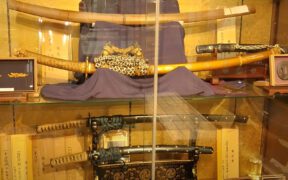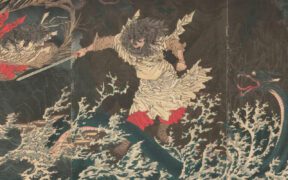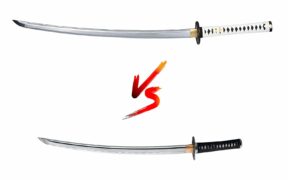What Are the Japanese Long Swords and How Were They Used?
NO AI USED This Article has been written and edited by our team with no help of the AI
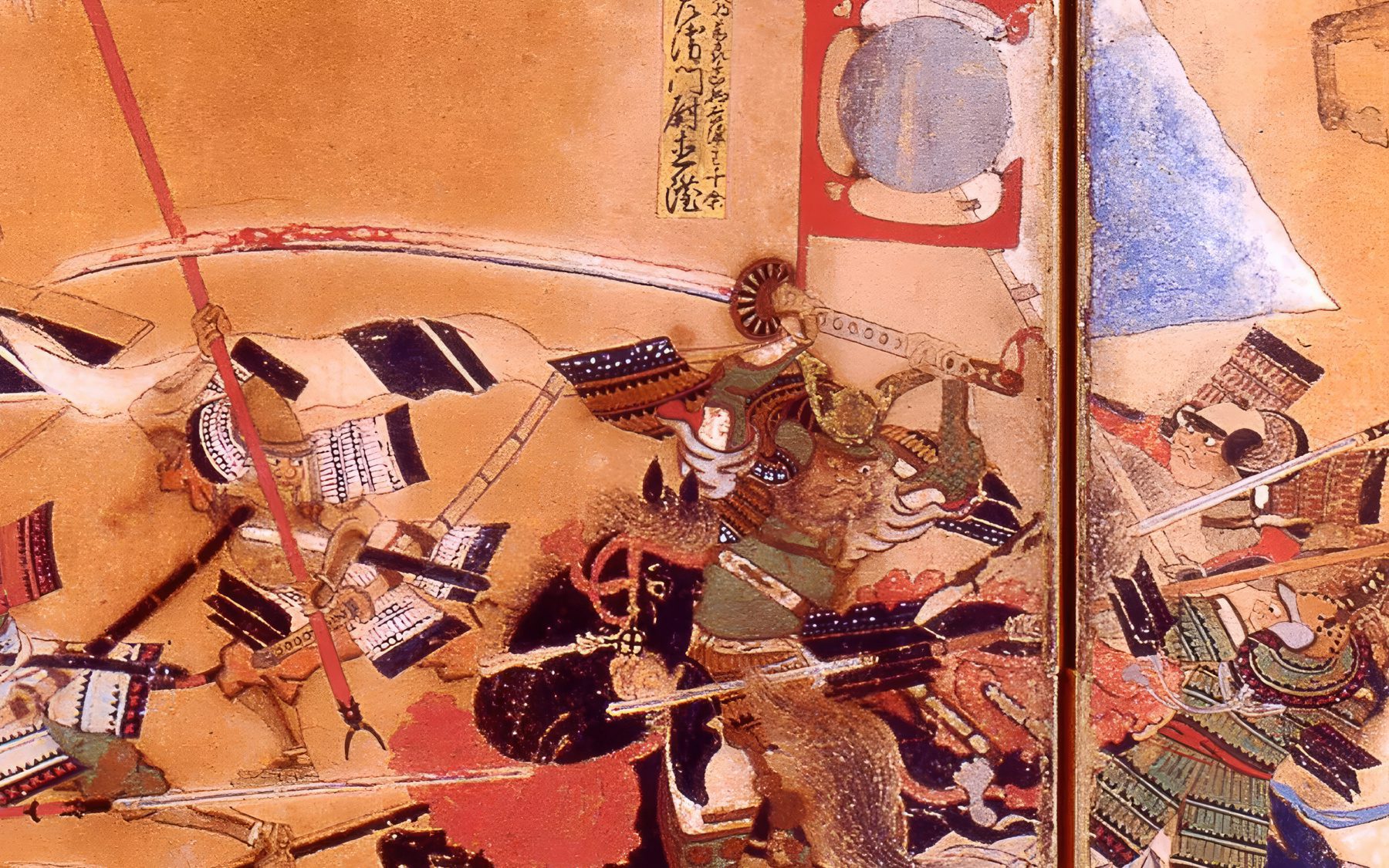
Immerse yourself in the fascinating world of Japanese long swords, where traditional craftsmanship meets beautiful art and deadly function. Even though these amazing Samurai blades have caught the attention of many fans and made their way into the media, very little is known about their traits and uses.
Japanese long swords were popular among Samurai and are credited with changing the course of numerous historical battles. This article will give you the most popular Samurai long sword types and how they were used. Then we will answer a frequently asked question about how they were carried and unsheathed.
What is a Japanese Long Sword?

A Japanese long sword is considered any blade, curved or straight, longer than 26 inches (60 cm). In Japanese, a Japanese Sword is called a Nihonto. However, the specific term for a Japanese long sword is Daito, and many types of blades fall under that category. In Japan, a Daito, or a long sword, is considered a blade of more than two shaku (a measurement unit of roughly a foot), which is also 26 inches (60 cm).
Weapons of less than two shaku are seen as short swords or sometimes considered daggers. Long swords were commonly used on Japanese battlefields, much more than the popular Katana. The very long Japanese Samurai swords could be utilized as pikes and break battle formations, and some people consider them the most powerful swords in the Japanese arsenal.
Types of Japanese Long Swords
There are five distinct types of Japanese long swords. Because of their length, some of these blades, or the so-called Japanese “great swords,” had very different tactical applications than the shorter ones. However, these long swords can be used in similarly graceful, elegant, and rapid motions because of the blade shape and design similarities.
Nodachi / Odachi
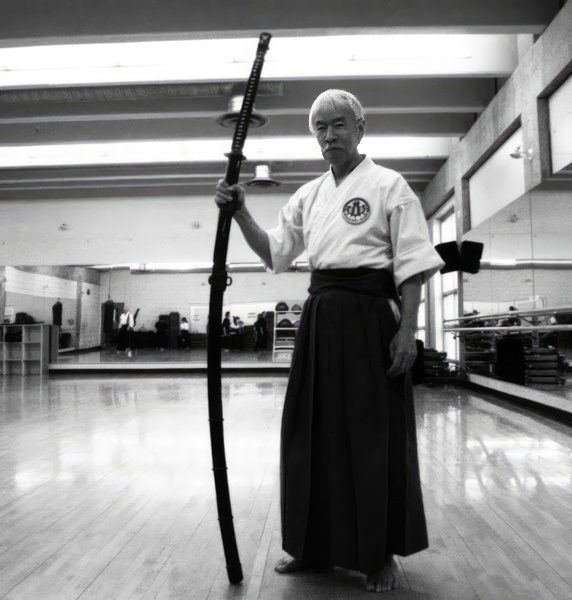
The Nodachi (野太刀), or Odachi (大太刀) as it is often called, is a massive renowned Japanese sword with a rich history of folklore. One of the longest Japanese swords ever used, the blade of this two-handed weapon is over 4 feet (1.3 meters). The No-Dachi, forged by master sword-making blacksmiths in medieval Japan, was a popular weapon of choice for the Samurai, especially from the Kamakura to the Muromachi period.
Its enormous length and cutting strength gave its users an unparalleled tactical edge in combat to kill numerous foes with a single blow. It may appear heavy, but this lightweight sword allows for graceful movements. The usual length of a Nodachi or Odachi is 51 to 86 inches (130 to 220 cm).
Nagamaki
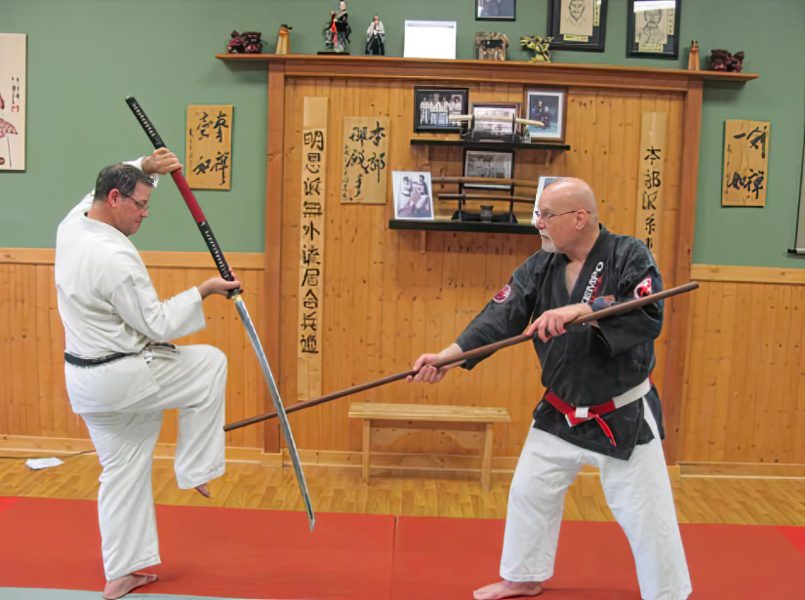
The Nagamaki stands out for its unique design compared to other long swords. The carbon steel blade length and the extremely long handle are the same sizes. This style of manufacturing provides a one-of-a-kind function and permits the employment of powerful solid hand control.
The Nagamaki is thought to have evolved from the longer Tachi swords because of the necessity for robust control among Japanese foot warriors. It’s a long sword with a long handle that allows users to adjust the blade’s reach based on how they hold the handle. The Nagamaki was an infantry-specific weapon with an average length of 35 to 47 inches (90 to 120 cm) that could be used against either footed or mounted foes.
Naginata
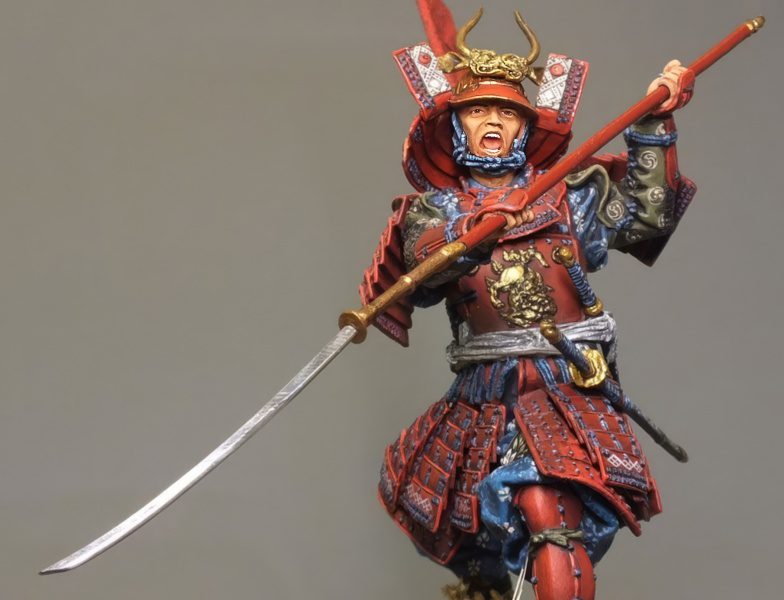
The Naginata is the longest Japanese long sword. It can be considered a polearm due to its appearance, but its function in combat is of a sword with a long pole. That is why it is generally accepted that the Naginata is a pole sword and can be considered inside this list. The Naginata was one of the most created swords by Japanese swordsmiths as tools of warfare.
Naginata blades were the preferred weapon for foot soldiers during most of feudal Japan. Some folks who train in the martial arts of Naginatajutsu argue that the Naginata is a more valuable part of Japanese history than the Katana. Some also see it as the most powerful Japanese sword too. The common length for the Naginata long sword is 4.9 to 9.8 ft (150 to 300 cm).
Shorter Japanese Long Swords
The shorter Japanese long swords are still considered in the long sword category because they are more than two shakul. These swords had blades shorter than the aforementioned types, making them less popular than field swords for large-scale battles. Still, these swords were long enough to offer a reach advantage over any other Japanese short sword.
Katana
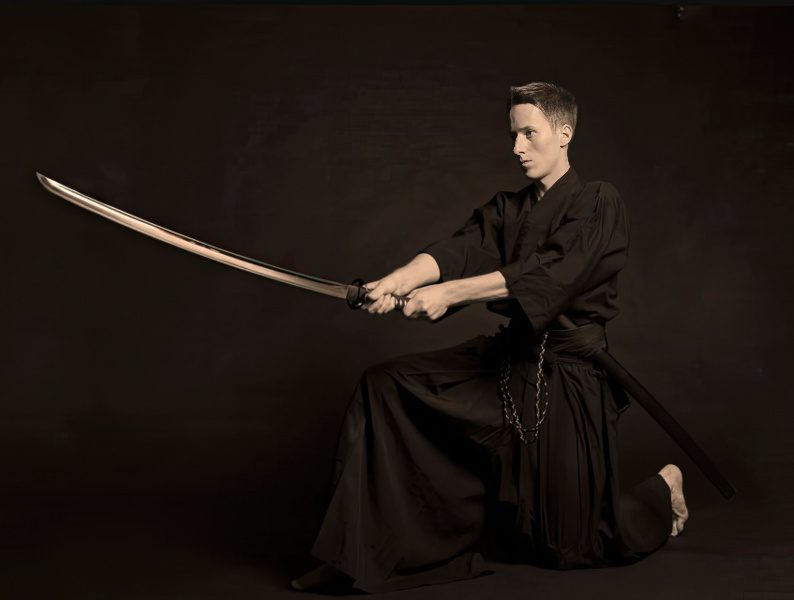
The Japanese Katana‘s length gives it great tactical flexibility while also being a Japanese long sword. Its blade gives the user a greater range for making forceful blows and a significant advantage in battle. The Katana also stands out because it does well in close-quarters combat.
Despite its length, the Katana is nimble and quick compared to smaller blades like the Wakizashi and Tanto, allowing for accurate moves even in confined situations. The larger term for a larger Katana is called an O-Katana. Because of its flexibility and length, it may be used in various contexts, from dealing with several opponents to complex swordplay. The most usual length of a Katana is around 39 inches (100 cm).
Tachi
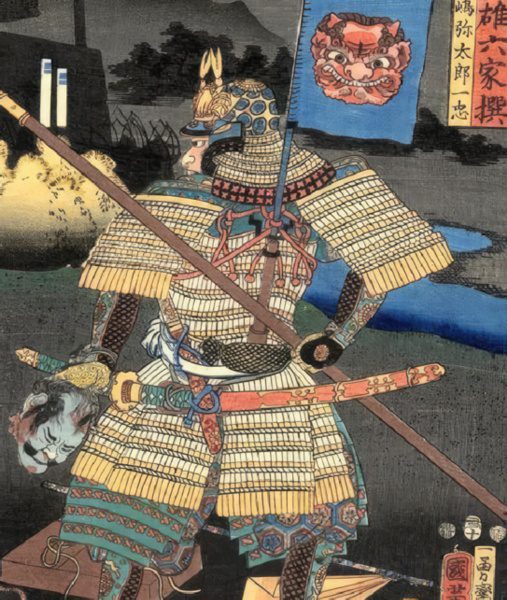
The Tachi is a legendary Japanese sword forerunner of the more well-known Katana. For a time, the Tachi was the longest curved blade in Japan, a testament to its impressive reach and tremendous striking strength. Sometimes called the Nodachi or Odachi, and elegant in form, this sword may be used by two-handed fighters to execute deadly cutting blows, especially in the Kamakura period.
The weapon’s length increases its adaptability in battle by giving the user more room to strike. Even though the Katana and Odachi ultimately surpassed the Tachi as the most popular long sword in Japan, the Tachi is still revered as a legendary artifact. The most usual length for the Tachi Samurai sword is around 30 inches (75 cm).
Uses for the Japanese Long Swords
The Japanese long sword is used with two hands, which is primarily a two-handed weapon thanks to its long size. It was a specialized weapon that could be used on the battlefields, carried by bodyguards of wealthy nobles, and as a symbol of rank to represent strength and martial prowess.
These blades were used primarily before the peaceful Edo period and were highly sought after in combat. The longer long swords weren’t necessarily taken everywhere with a Samurai as a Katana would have been, but if a large battle broke out, the Japanese long swords would be the first choice of many warriors. Here are some methods of how they were used.
Reach
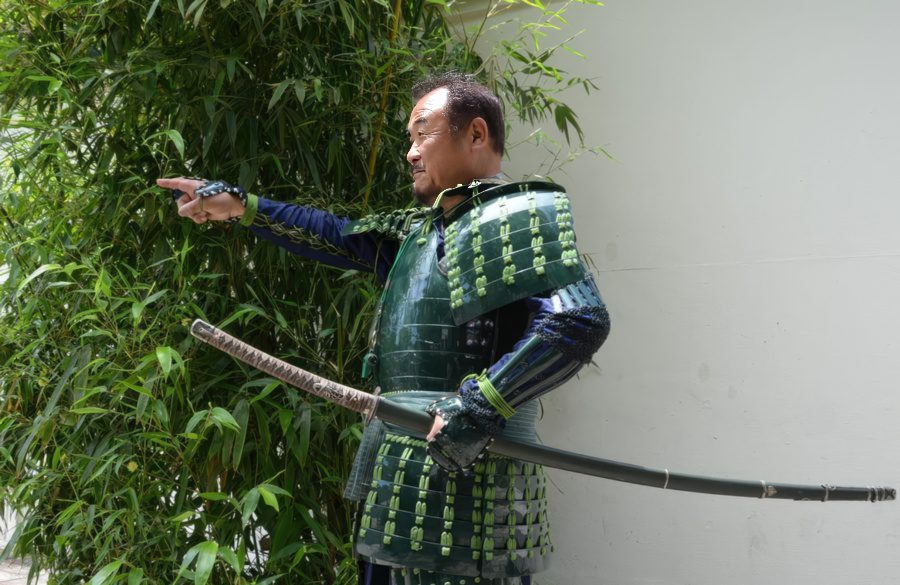
The Japanese long swords’ reach advantage made them the preferred weapon of choice in war. Even the heaviest Japanese long sword weighs only about 5.5 lbs (2.5 kg), allowing for smooth and speedy attacking motions despite its intimidating length. Due to their ability to deal massive damage from a distance, they quickly became a fan favorite on the battlefield.
Anti-Cavalry and Armor
Unbeknownst to many, cavalry use was extremely prominent in Japanese history, and some of the larger long swords on the list – particularly the Naginata and Nagamaki – are renowned as cavalry slayers. Because of the length and strength of the full-tang blades, these swords could cut through flesh and some types of armor.
Area of Control and Power
Battlefield swords are another name for the long Japanese swords because they can be effectively used as weapons over vast areas. These long swords, especially the longer ones, are best employed for area control, especially when wielded with slashing assaults from any direction. The area that even a Katana or Tachi can cover is quite large too.
Prestige
Carrying a long, heavy sword was a sign of great strength for a samurai. This was because wielding such a weapon was difficult and required skill. Training in the Jutsu schools of Japan and possessing a huge Japanese long sword were both viewed as indicators of one’s ambition. Perhaps the prestige was enhanced by the fact that aristocrats and persons of rank had servants carry their long swords.
How was a Japanese Long Sword Carried / Unsheathed?
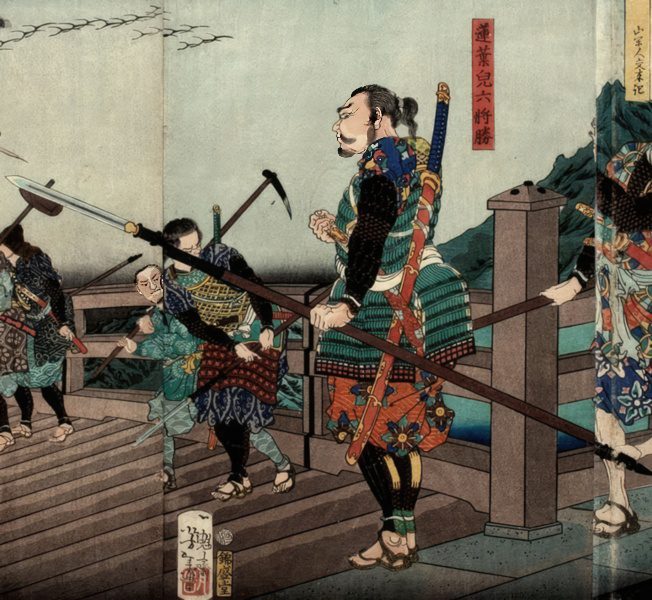
The length of a Japanese longsword determined which set of rules applied to its ways of transport. This is a common concern, especially given the sometimes inaccurate portrayal of this topic in contemporary media. The Samurai could carry their Japanese long swords in various ways, but these are some of the most prevalent.
- On the Back – Extremely long Japanese long swords could be carried on the back when the blade is not used for battle or war.
- In Hand – Carrying a long Japanese Sword in the hand while inside its scabbard (saya) is one of the most common in Samurai history.
- On the Waist – Katana, Tachi, and even the Nodachi and Nagamaki swords can be carried on the waist with the handle (tsuka) pointing down and the blade tip (hamon) up.
- Servants – People of higher rank would have their servants carrying weaponry for them, especially the longer swords.
- On the Shoulder – Having the blade’s spine mounted on the Samurai’s shoulder in a horizontal position or even holding the handle or guard (tsuba) while the blade is leaned on the shoulder in a vertical position.
Drawing a Japanese Sword, referred to as laijutsu martial arts, is very popular in history and today. The Japanese long sword can be unsheathed in a spectacular fashion, while doing so with the larger greatswords needs much more practice.
- Unsheathing with One Hand – For easier accessibility to the Japanese long sword, the scabbard would be unsheathed while it is held with one hand and not hanging from the waist.
- Servants – The servants would pull the scabbard from the back of the long blade before a battle starts.
Traditional Way – The Katana and Tachi can be easily unsheathed the traditional way. Although harder and requiring much practice, the other larger Japanese long swords can be unsheathed the same way while pulling on the blade and resting the hand on the collar (habaki).

